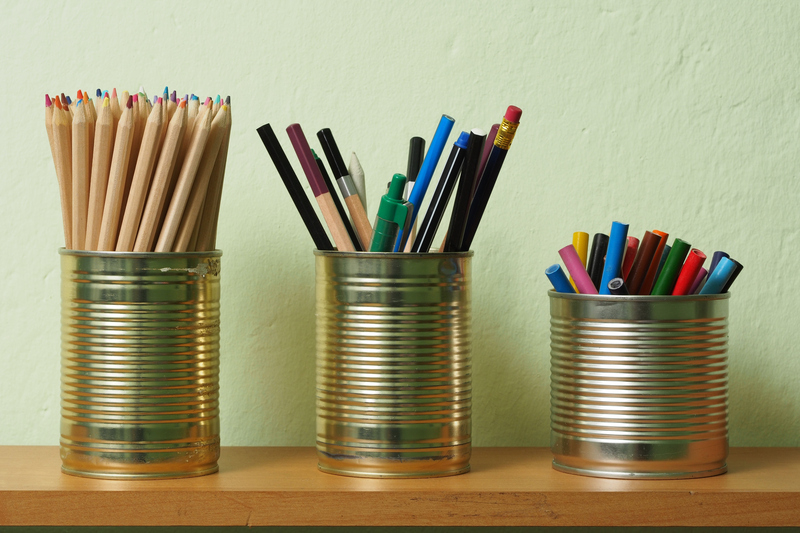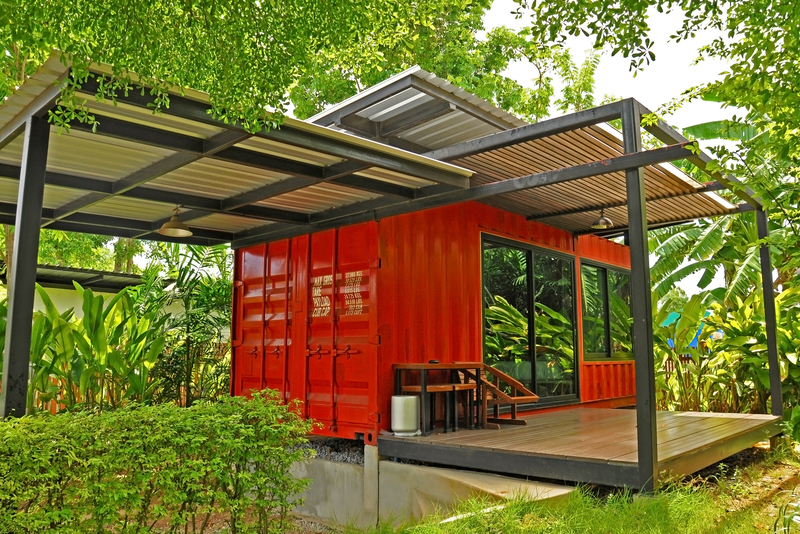Understanding the Urgency of Microplastic Pollution
Microplastics, as the name suggests, are tiny plastic particles that measure less than 5 millimeters in diameter. These small particles have become a large problem, as microplastic pollution impacts nearly every ecosystem on the planet. Given its pervasive nature, understanding effective solutions to combat microplastic pollution is crucial.

What Are Microplastics?
Microplastics are a byproduct of plastic waste that has infiltrated our environment. These particles are often a result of the breakdown of larger plastic debris but can also originate from cosmetic products, clothing fibers, and industrial processes.
Types of Microplastics
- Primary microplastics: Directly manufactured for specific purposes, such as microbeads in personal care products and pellets used in industrial processes.
- Secondary microplastics: Formed from the degradation of larger plastic items, such as water bottles and fishing nets.
Impact of Microplastic Pollution
Before delving into the ways to combat microplastic pollution, it's important to understand its wide-ranging effects:
- Environmental Damage: Microplastics have been detected in the deepest oceans and the highest mountains. They pose a threat to aquatic life, who mistake them for food, leading to potential toxic accumulation up the food chain.
- Human Health Risks: Although research is ongoing, scientists are concerned about the potential health risks microplastics pose to humans through ingestion and inhalation.
Crafting Effective Solutions to Combat Microplastic Pollution
Addressing the issue of microplastic pollution requires coordinated efforts across various sectors. Here are some effective strategies:
1. Enhancing Waste Management Systems
Improved waste management systems can significantly reduce microplastic pollution. By ensuring proper disposal and recycling of plastic waste, we can decrease the amount of plastic entering the environment:
- Recycling Initiatives: Expanding and investing in recycling programs that focus on both plastics and alternative materials.
- Landfill Management: Implementing technologies that capture plastic debris before it degrades into microplastics.
2. Promoting Sustainable Alternatives
The development and promotion of sustainable materials can help reduce reliance on traditional plastics. Innovations in biodegradable materials offer promising alternatives:
- Biodegradable Plastics: Encourage the use of plastics designed to break down more quickly and safely in the environment.
- Natural Fibers: Manufacturing textiles from natural materials like cotton or hemp can minimize microfiber pollution from synthetic clothing.
3. Public Awareness and Education
Education and public awareness are essential components of combating microplastic pollution:
- Consumer Choices: Educating consumers about the impact of their purchasing decisions and promoting brands that commit to reducing plastic use.
- Community Initiatives: Engaging communities through beach cleanups, educational workshops, and advocacy campaigns.
4. Policy and Regulations
Governments play a critical role in driving change through effective policy-making:
- Bans and Restrictions: Implementing bans on single-use plastics and microbeads in products.
- Incentives: Offering incentives to companies that innovate in creating sustainable alternatives to plastic.
5. Scientific and Technological Advancements
Investing in research can help develop new methods to address microplastic pollution:
- Detection Technologies: Enhancing methods for detecting microplastics in different environments to better understand the extent of pollution.
- Cleanup Innovations: Creating technologies that can effectively remove microplastics from water bodies.

The Role of Individuals in Combatting Microplastic Pollution
The fight against microplastic pollution involves personal responsibility. Small, everyday actions can lead to significant impacts.
- Choosing reusable products like water bottles and shopping bags.
- Supporting companies that prioritize sustainable practices.
- Advocating for policy changes by contacting local and national representatives.
Conclusion: A Collective Effort for a Sustainable Future
The challenge of microplastic pollution is immense, but not insurmountable. Through concerted efforts involving individuals, industries, and policymakers, we can develop effective solutions to combat this pressing issue. By understanding the profound impacts of microplastics and taking actionable steps, we can ensure a healthier planet for future generations.
Addressing microplastic pollution requires innovation, dedication, and a global commitment to sustainable practices. Let's work together to craft and implement effective ways to reduce microplastic pollution for a cleaner and safer environment.